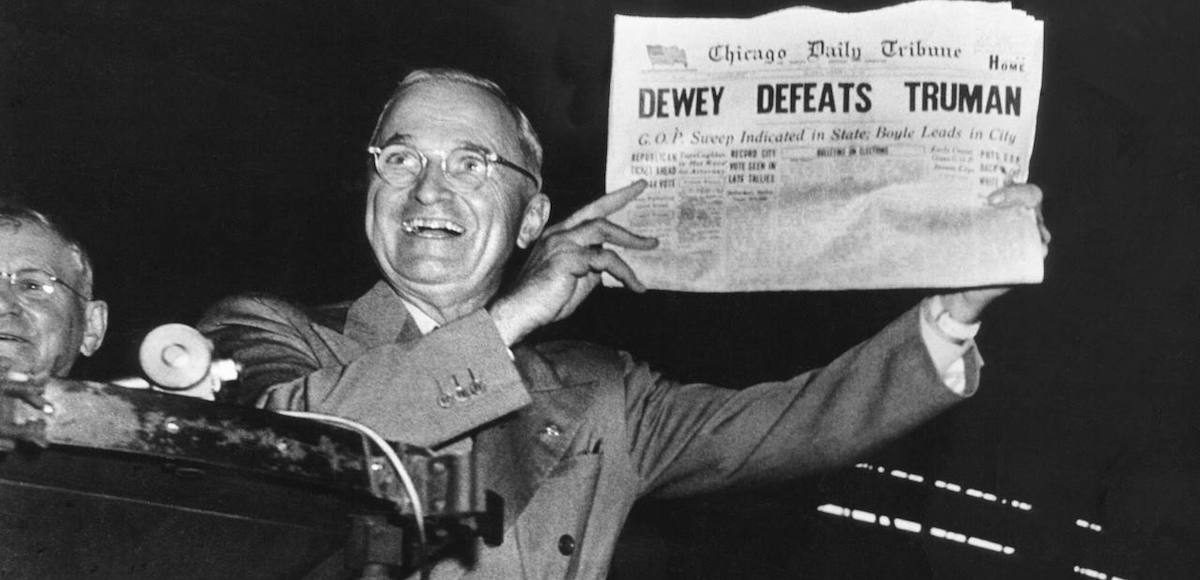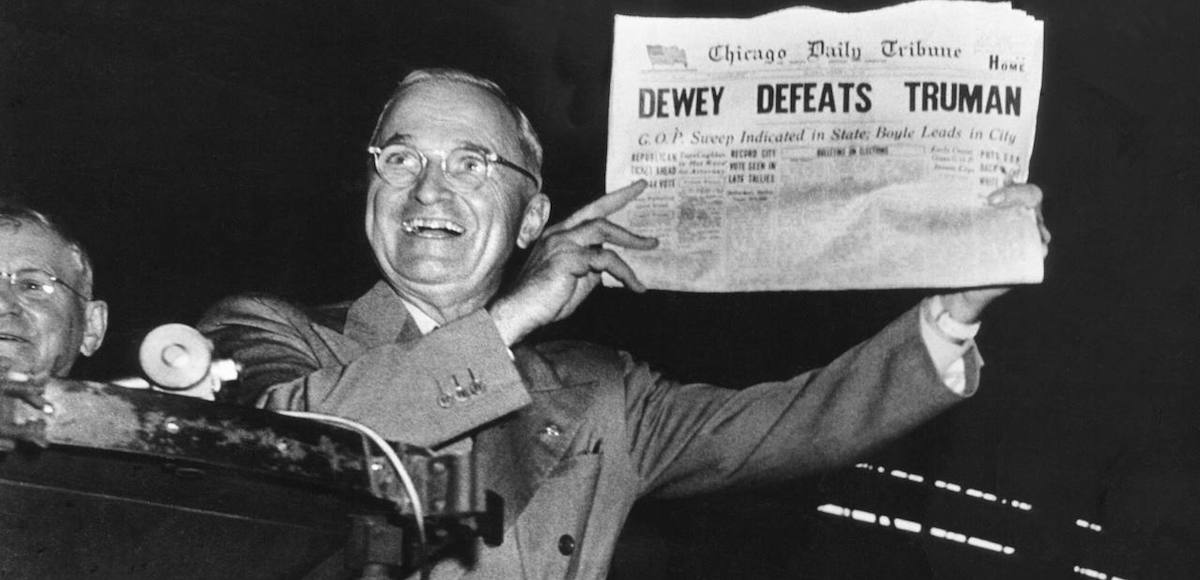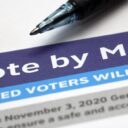

Gallup announced Wednesday that they are discontinuing their daily presidential approval tracking poll, opting instead to provide topline numbers weekly on Monday and detailed demographics monthly.
Since 2008, the well-known firm had been tracking presidential approval as a question in their privately-sponsored Gallup-Sharecare Well-Being Index. Rather than conducting landline- or cell phone-based interviews, more of those responses are instead being gathered by mailer.
“We are making this change largely because the source for these daily data, the Gallup Daily tracking program — made possible by a client-supported commitment to daily interviewing on a wide variety of well-being metrics — is shifting from telephone surveys to reporting mail surveys on a monthly basis,” Gallup editor-in-chief Frank Newport said in the announcement.
The decision leaves Rasmussen Reports as the only remaining pollster to provide journalists, political junkies and news consumers daily data.
Naturally, it isn’t going over well with mediates who oppose President Donald Trump. Politico, the “liberal-leaning” D.C.-based website, wrote in their story covering Gallup’s announcement:
Gallup’s announcement leaves the Republican-leaning pollster Rasmussen Reports as the only remaining public source of daily presidential approval updates. Trump last week touted his 46-percent approval rating in the Rasmussen poll — even though a 53 percent majority still disapproved of his job performance. The latest Rasmussen results on Wednesday were slightly worse for the president, with his approval rating slipping to 44 percent.
If Rasmussen Reports is a “Republican-leaning pollster,” then what exactly does that make everyone else? While it’s true that they consistently find more favorable approval ratings for President Trump than other polls, including Gallup, it’s also true that they have established a more accurate track record of gauging his true level of support among the electorate.
Gallup tracks adults, not the voting electorate.
Let’s take a look at the top 10 pollsters aggregated by Real Clear Politics (RCP) in 2016 regarding the national popular vote, using a measure of accuracy proposed by Elizabeth A. Martin (U. S. Census Bureau), Michael W. Traugott (University of Michigan), and Courtney Kennedy (University of Michigan) and published in Public Opinion Quarterly to rank accuracy.
(Editor: An earlier version of this article was worded in a way that it could be construed AAPOR releases a rank of pollsters. The method above was proposed as a measure to rank pollsters. We asked AAPOR for clarification and the above reflects that in the last sentence. Rather than “to the American Association for Public Opinion Research (AAPOR) to rank accuracy” it now states “published in Public Opinion Quarterly” to rank accuracy. Public Opinion Quarterly is an academic journal published by Oxford University Press for the American Association for Public Opinion Research.
Pollster |
Clinton |
Trump |
Odds Ratio |
Accuracy |
| Rasmussen Reports | 45% | 43% | 1.00 | 0.00 |
| UPI/CVOTER | 49% | 46% | 1.02 | 0.02 |
| CBS/New York Times | 45% | 42% | 1.02 | 0.02 |
| Politico/Morning Consult | 45% | 42% | 1.02 | 0.02 |
| McClatchy/Marist | 44% | 43% | 0.98 | -0.02 |
| Bloomberg/Selzer | 44% | 41% | 1.03 | 0.03 |
| Reuters/Ipsos | 42% | 39% | 1.03 | 0.03 |
| Fox News | 48% | 44% | 1.04 | 0.04 |
| Boston Herald/Franklin Pierce/RKM | 48% | 44% | 1.04 | 0.04 |
Why aren’t those who performed more poorly than Rasmussen referred to as “Democrat-leaning pollsters”? How about “less accurate-leaning pollsters”?
After its monumental failure in 2016, we had high hopes the polling industry would finally engage in a long overdue exercise in introspection. The 2016 presidential election wasn’t the first major polling blunder in U.S. politics, but it does appear to be the one in which media pollsters lost the public trust.
A meager 26% say they trust most political polls, while 55% do not.
Rather than show a little humility for the greater good of the industry, “Democrat-leaning pollsters” had a conversation among themselves, excluding those of us who polled the election correctly. The same pundits and glorified poll-readers (forecasters) who trashed Gallup during and after the 2012 presidential election, now turn to them to validate their own biases and preconceived notions.
Gallup has been polling since before I was in diapers and I get no pleasure from criticizing them. Over the course of decades, they were wrong only one time before they underestimated Barack Obama’s support in 2012. In 1948, Gallup had incumbent Democratic President Harry S. Truman trailing Republican Thomas E. Dewey by five points in their final survey, 49.5% to 44.5%.
That’s undeniably a solid track record. But the fact remains Gallup’s political polling has been unverifiable since they quit the horserace business after their misfire in 2012. If you don’t have confidence enough in your own data to test it against actual Election Day results, I’m not sure how much you can or should contribute to the conversation.
President Trump easily defeated Hillary Clinton in the Electoral College by carrying states Republicans haven’t carried since the 1980s. The PPD Big Data Poll, which was not aggregated and considered to use an experimental online methodology, ended up one of only two state-level surveys that predicted his victory — the other being Trafalger Group.
In several states–including Wisconsin, Michigan and Pennsylvania–he trailed outside the average margin of error in “Gold Standard” polls.
It’s not only “Republican-leaning pollsters” arguing results matter.
Mark Penn, the co-director of the Harvard-Harris Poll and former pollster for Bill Clinton during six years of his presidency, has repeatedly mirrored my criticisms of the industry. The poll eliminates undecideds, tracks likely voters and consistently pegs President Trump’s approval around 45%, very similar to Rasmussen.
Mr. Penn warned “reality versus research will again be tested, and reality always wins.”







